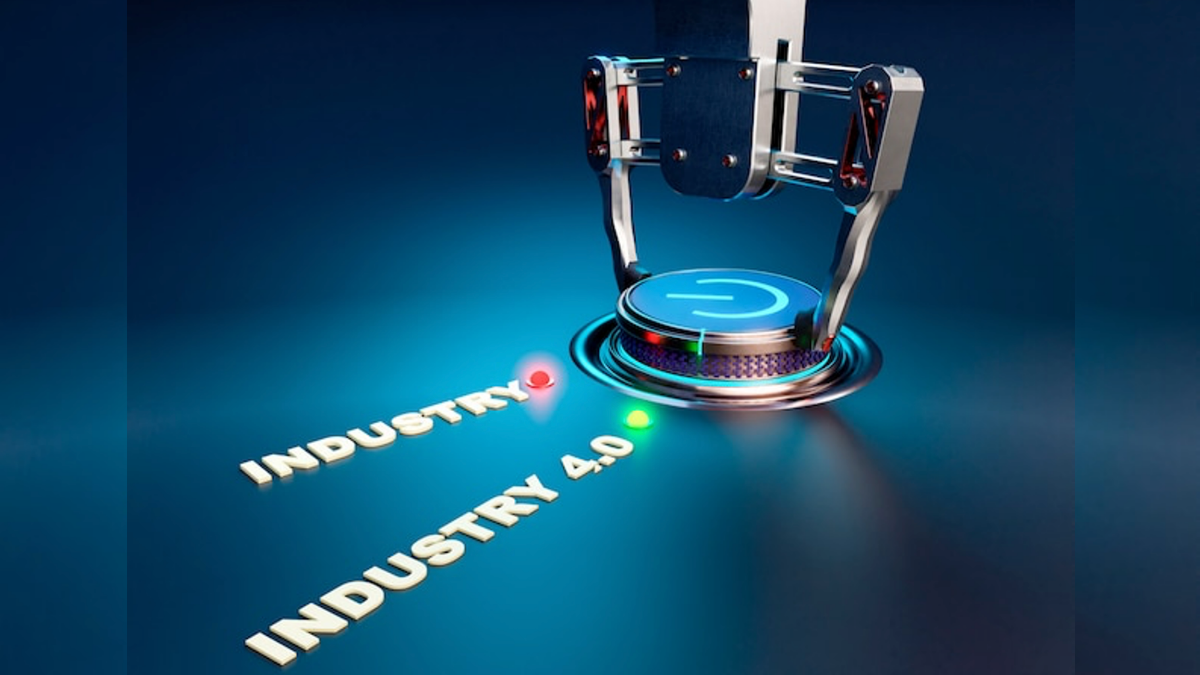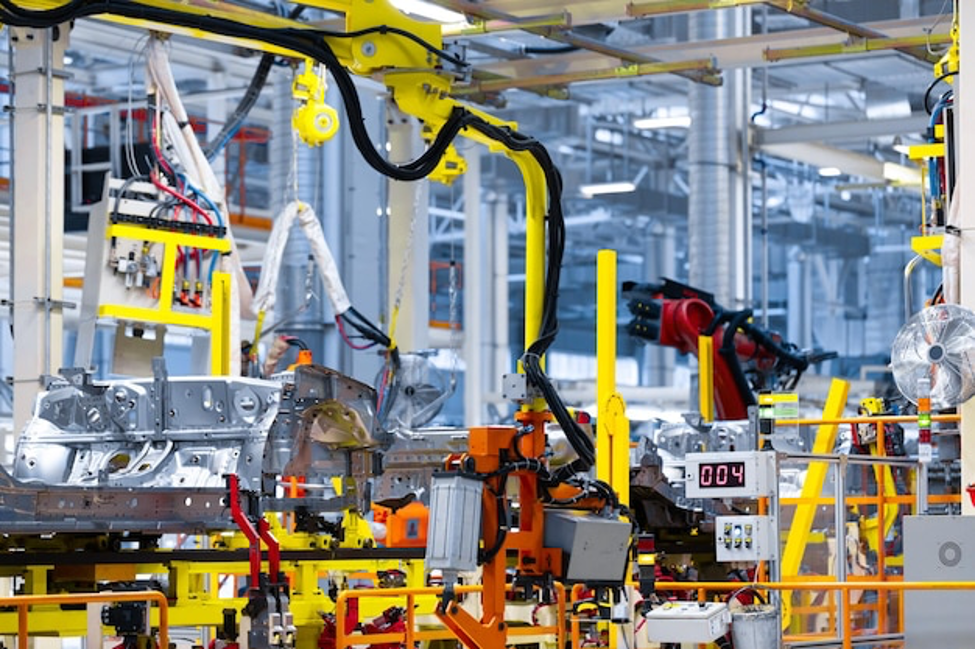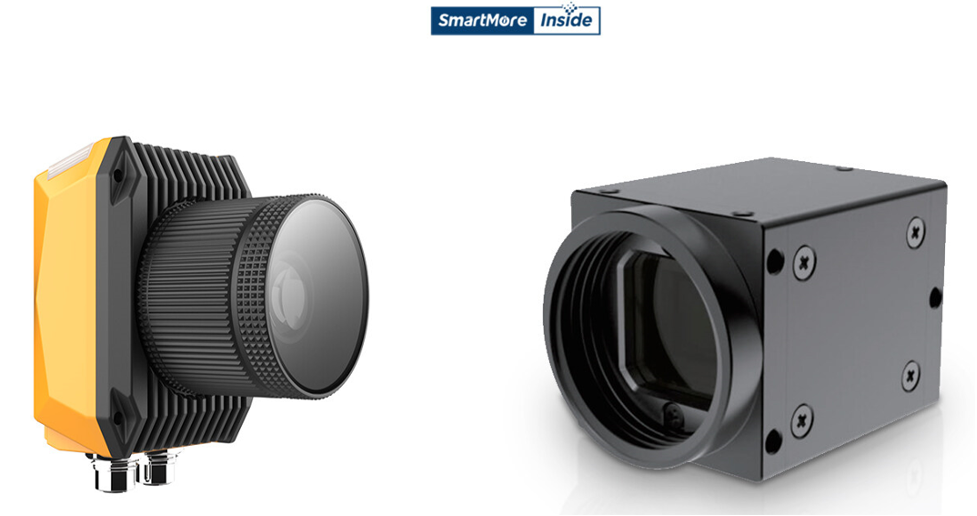
The transition from traditional assembly lines to smart factory standards in electronic device manufacturing has turned out to be dominant, compelled by the relentless pursuit of heightened production efficiency. Since miniature components, precise placements, and high-speed assembly processes have become prevalent, the challenges for ensuring accuracy and quality also surge.
Consequently, machine vision products emerge as essential tools, adept at capturing, processing, and analyzing images in real-time for flawless integration and functionality of electronic components. Meanwhile, this article discusses how industrial vision inspection systems overcome the challenges tendered by the evolving backdrop of electronic device manufacturing.
Table of Contents
Major Challenges of Electronic Device Manufacturing
Let’s discuss the challenges electronic device manufacturing meets when building a digital factory.
1. Integration of Technologies
One of the primary challenges in establishing a digital factory is the smooth integration of various technologies. Electronic device manufacturing often requires a synergy of automation systems like PLCs (Programmable Logic Controllers), RPA (Robotic Process Automation), and ML (Machine Learning) algorithms. Achieving interoperability between these systems, which might be developed by different vendors and based on disparate architectures, can be daunting. For instance, the data format from an IoT sensor might not be compatible with a machine learning model trained to predict device failures. Overcoming this demands a robust middleware solution, skilled integration engineers, machine vision products, and customized integration protocols.
2. Data Management and Security
Electronic device manufacturing generates vast amounts of data, from the granular details of semiconductor wafer production to the real-time monitoring of assembly line efficiencies. Managing this data necessitates adopting high-capacity storage solutions, efficient data retrieval techniques, machine vision products, and optimization algorithms to ensure data integrity. Further, given the proprietary nature of the manufacturing processes and the potential competitive advantage inherent in this data, strong encryption methods and cybersecurity protocols become paramount. For example, a breach in the system handling the blueprint of a next-generation microchip could result in intellectual property theft with considerable financial repercussions.
3. Operation Force
Human-machine interaction within a digital factory environment brings about ergonomics, safety, and training challenges. Operators need to be proficient not only in their core manufacturing tasks but also in interacting with advanced digital interfaces, augmented reality tools, or even robotic assistants. It necessitates a more inclusive training regime, user-friendly interface designs, and real-time monitoring systems to circumvent operational mishaps. Consider a scenario where an assembly robot malfunctions; operators should be trained to detect this with machine vision products and initiate immediate corrective measures for minimal disruption and maximal safety.
4. Scalability
As production demands fluctuate or new tools surface, a digital factory should be adaptable. Scalability becomes a hurdle when harmonizing newly integrated systems with existing infrastructure. It could involve adding new sensor arrays, upgrading data storage solutions, or applying faster processing units. Consider introducing a new device model into the production line. It may require the reconfiguration of machine learning models, alteration of robotic movement patterns, and the incorporation of expert equipment like machine vision products.
5. Quality
In electronic device manufacturing, quality assurance is vital, especially given the miniature scale and precision required. Using digital solutions for quality control, like machine vision products for defect detection, poses calibration, accuracy, and real-time processing challenges. Even with the most unconventional algorithms, there’s always a non-trivial margin of error, which can prompt false positives or overlooked defects. An illustrative example might be the quality control of a PCB. Suppose the digital inspection system isn’t finely tuned. Then, it might either miss a micro-crack or flag a non-existent defect, causing operational inefficiencies and financial implications.

SmartMoreInside’s Machine Vision Products in a Smart Factory
In this section, let’s elucidate why electronic device manufacturing needs SmartMoreInside’s machine vision products in the digital transition to an industrial data factory.
- Integration of Technologies: SMore ViMo empowers all-in-one integration and allows the machine vision camera to capture detailed images while barcode readers track specific component data. The platform ensures accurate, time-stamped correlations between visual inspections and associated device metadata through real-time synchronization.
- Data Management and Security: SMore ViMo’s progressive data handling capabilities guarantee the integrity and continuity of captured image data strengthened by robust encryption techniques. While centralizing data streams, SMore ViMo provides a fortified data environment to reduce vulnerability points and bolster cybersecurity measures.
- Operation Force: The SMore ViMo platform offers intuitive interfaces while streamlining operators’ interactions with complex machine vision outputs and encouraging efficient workflow. Well-appointed with real-time feedback mechanisms, operators can swiftly react to system prompts to confirm timely interventions and process continuity.
- Scalability: Combining barcode readers and machine vision cameras allows for rapid batch inspections for high-volume manufacturing scenarios to ensure consistent quality checks. SMore’s products support modular scalability, added camera vision systems or sensors’ integration, and system expansion without compromising existing infrastructure.
- Quality: Integrating machine vision cameras with SMore ViMo offers unparalleled precision in defect detection. As a result, it helps capture microscopic irregularities often missed by traditional methods. While utilizing SMore ViMo’s innovative processing algorithms, manufacturers can automate quality control to ensure consistent output quality.

SmartMoreInside’s Advantages in Electronic Device Manufacturing
SmartMoreInside’s machine vision products present a distinct advantage in electronic device manufacturing while ensuring precision and consistency. By integrating their advanced sensors and control systems, manufacturers can swiftly detect and rectify production anomalies and improve complete product quality. Apart from that, manufacturers can tailor solutions to their specific needs with their expansive range of products for continuous transitions between different manufacturing stages, along with resourceful and reliable production outcomes.